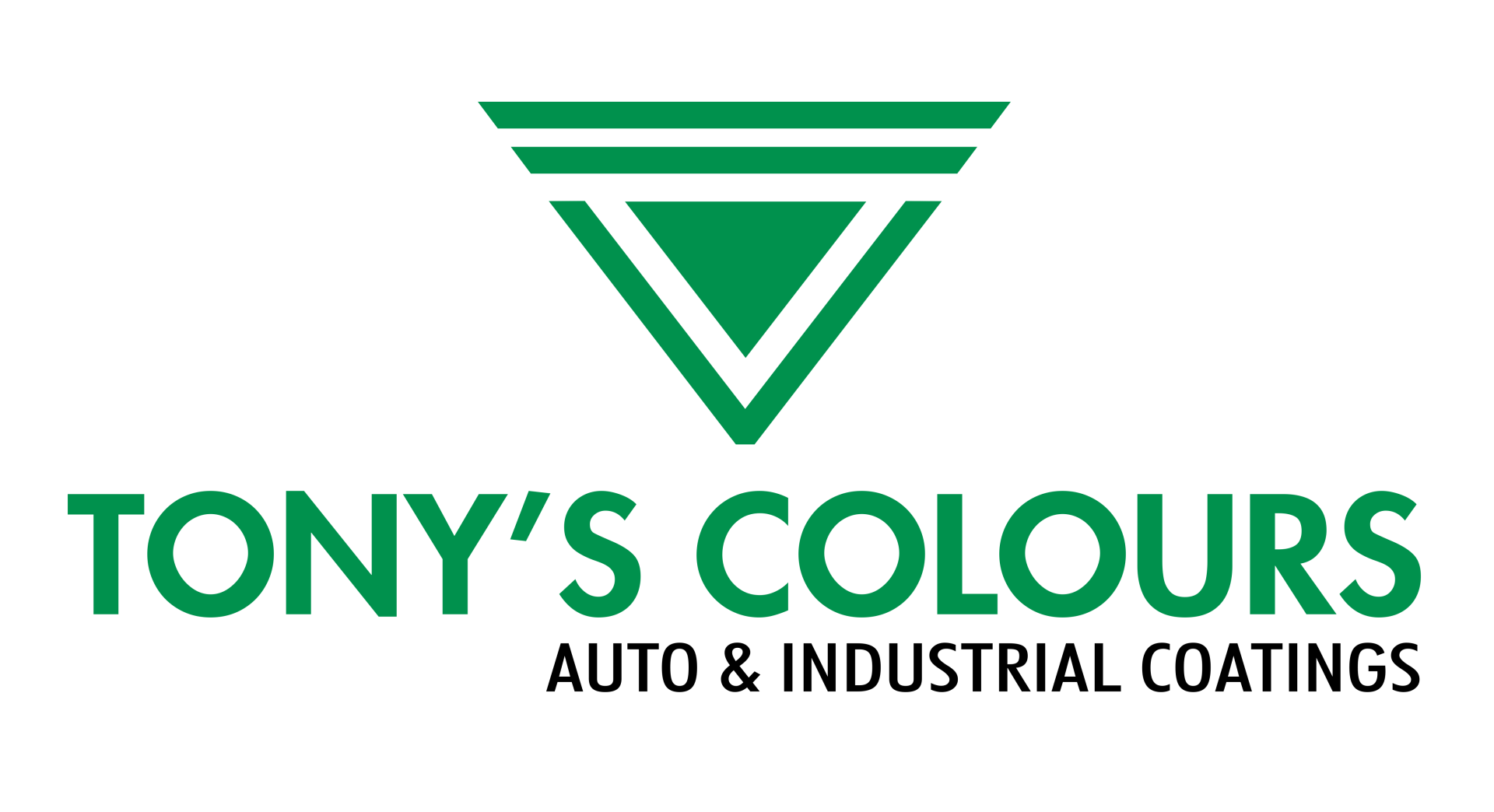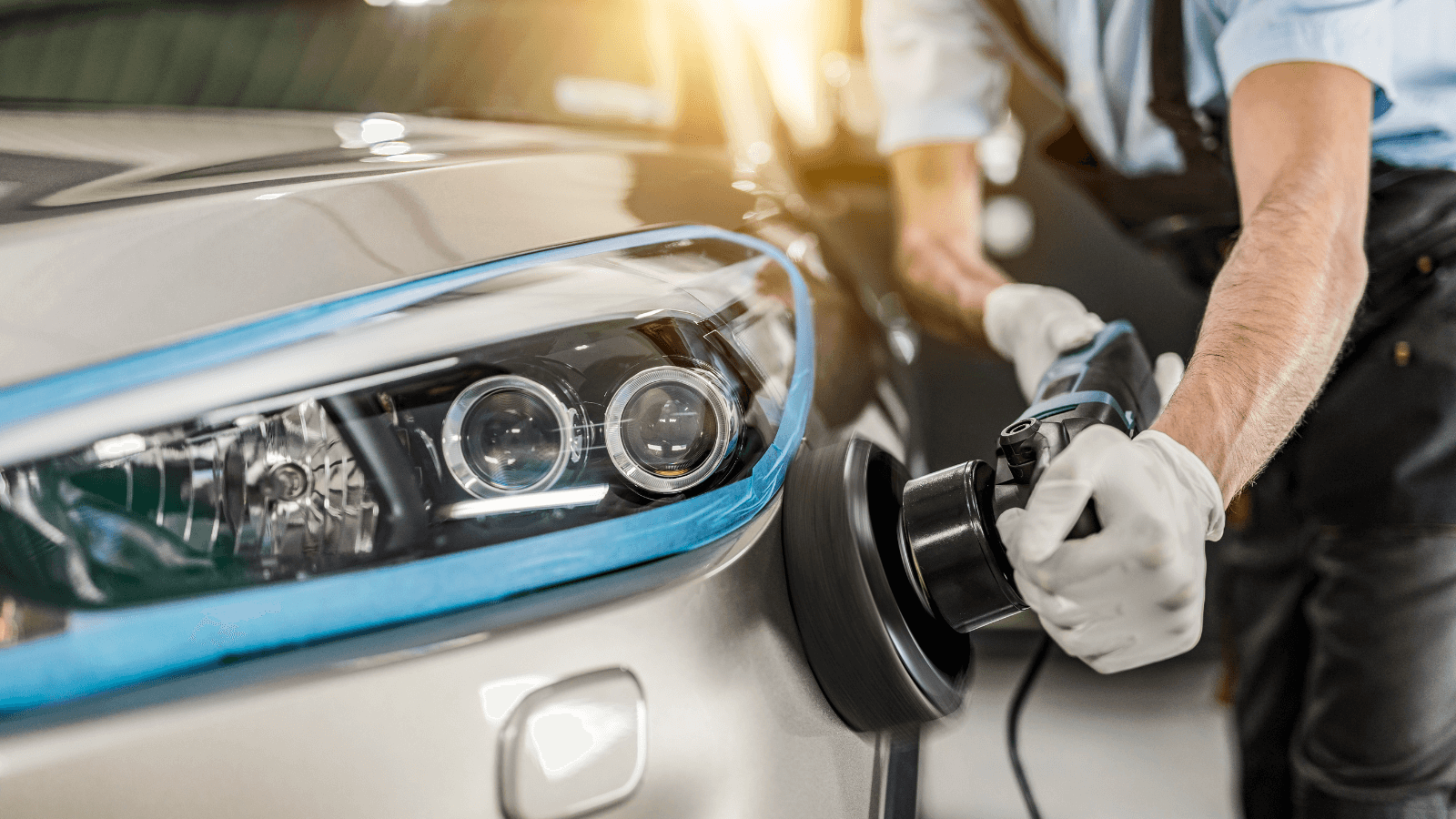
Auto Paint Application Methods
Auto paint application involves several stages and follows a series of procedures under controlled environments to ensure a sleek finish. All automotive paint types follow similar procedures with slight variations.
Experts first begin by arranging the body parts which is in the form of metal sheets into a temporary assemblage. This is usually called the body in white (BIW) which is painted and baked in controlled temperatures and undisturbed surroundings.
Common Steps for Auto Paint Application
The common steps for auto paint application on the BIW are:
- Preparation – To ensure that the paint adheres to the substrate, the BIW must be washed with high-pressure water jets to remove all impurities like oil, grease, chalk and ink marks from the substrate surface.
- Priming – Before a paint layer is applied, the BIW is dipped in a primer solution for even application of the primer. The primer is essential to create an even surface including microscopic textures for the following coats and also is used to protect the BIW from rusting.
- Base Coat Application – Usually, 3 coats of the base coat are needed for a rich deposition of the pigment onto the BIW. Each layer is dried thoroughly before painting a new layer on top. The base coat dries to a flat finish in most paint types.
- Clear Coat Application – The base coat is concentrated with pigments and is prone to attack by UV and other chemicals. The clear coat is a clear lacquer layer that is applied to the base coat to protect the pigments and to provide a glossy finish to the BIW. Our Two Stage Kits include Basecoat + Clearcoat and are easy to apply.
The process of paint application is the same for almost all paint types. Depending on the paint manufacturers and the nature of the paint and finish required, there are various paint application techniques that are widely used in the auto paint industry.

3 Auto Paint Application Techniques
Choosing the right paint application method can be based on your budget constraints, the kind of finish you require for your car and the resources you have access to for completing the paint job efficiently. Check out our Paint systems to see all our fast-drying auto paint application options.
Auto Paint Application #1: Spraying
Spraying is the most economical and preferred technique for auto paint application. It has different types of spraying methods that are predominantly used in the industry. Below are the different types of auto paint application methods:
- Air Atomised Spray – This is a conventional spraying technique used across the industry for their flexibility in the application. The setting for the spray gun can be adjusted based on the requirements. The pressurised mist is sprayed onto the substrate evenly and works effortlessly for paint application. As this technique uses compressed air mixed with liquid paint to produce a pressured mist, it can be hazardous for workers increasing harmful airborne chemicals content. Ensure to maintain a ventilated environment for working with this technique.
- Airless Spray – The paint is directly forced out of a narrow opening to create pressure. This technique requires precision and skill but does not cause loss of material like in Air atomised spraying technique.
- Electrostatic Spray – This technique requires expertise and precision but is highly efficient in saving material loss and even coating. The paint particle is charged with high voltage which is attracted to the body part with increased transfer efficiency. This is a modern technique that requires expert assistance as it can cause fire hazards in uncontrolled environments. It can also be used only with specific paints with specific compositions with a specific conductivity.
- High Volume, Low Pressure – This offers higher transfer efficiency. HVLP equipment propels large quantities of low-pressure air to the gun applicator and yields lesser overspray and blowback.
Auto Paint Application #2: Brushing
The paint is brushed onto the substrate using a brush. This is usually used to repair finishes and not to paint the entire body part. It has a risk of uneven surfaces and brush strokes to the finished surface which may not look as smooth as an air spray or dipping finish. This is usually used for painting smaller areas.
Auto Paint Application #3: Dipping
Dipping is predominantly used to coat the entire area of a body part and requires the least expertise. The part is simply dipped in a primer solution or a coating solution and taken out and hung to dry. The larger parts require larger tanks for dipping which is the major drawback of the method. It is most suited to apply protective layers on smaller parts.
Summary
Various paint application techniques have evolved over time with new paint compositions and advancements. Using the right application method that fits right into your requirements and budget, nature of the finish, type of paint and coat can greatly improve and enhance your overall automotive paint job. Shop Paint For Cars to get great competitive prices on quality car paint!


Address:
Booysen- Johannesburg:
Cnr Fraser and, Ophir-Booysens Rd, Booysens, Johannesburg, 2091
Wynberg - Johannesburg:
600 Louis Botha Ave, Bramley, Johannesburg, 2018


